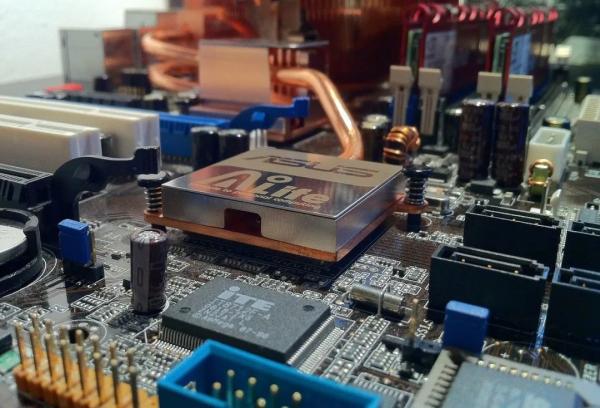In the ever-evolving world of technology, semiconductors are the unsung heroes driving innovation across industries. From artificial intelligence (AI) to the Internet of Things (IoT), these tiny electronic chips form the backbone of modern society. However, as demand for semiconductors skyrockets, so too do the risks associated with counterfeit chips and fraudulent practices in the supply chain. This comprehensive guide is tailored for global semiconductor traders, offering insights into how to navigate these challenges and build a resilient, trustworthy supply chain.
🚨 The Growing Threat of Counterfeit Chips and Supplier Exit Scams
The semiconductor industry is no stranger to fraud. Counterfeit chips can be meticulously designed to mimic genuine components, often leading to catastrophic consequences for industries reliant on these critical parts. These fake chips can result in electrical failures, data breaches, and even physical hazards. Similarly, supplier exit scams involve suppliers ceasing operations abruptly, leaving traders with unfulfilled orders and financial losses.
🛡️ Protecting Your Supply Chain with Advanced Technology
To combat counterfeit chips, cutting-edge technologies like AI-powered inspection systems are being deployed. These systems leverage machine learning algorithms to identify anomalies in chip designs and manufacturing processes. Additionally, advanced testing equipment, such as X-ray inspection and thermal imaging, can detect subtle differences between genuine and fake components.
💡 Mitigating Supplier Exit Risks: Strategies for Secure Sourcing
Preventing supplier exit scams requires a proactive approach. One effective strategy is to diversify your supply chain by sourcing from multiple reliable manufacturers. This redundancy ensures that a single supplier’s exit does not disrupt your operations. Additionally, incorporating clauses in supplier contracts that penalize sudden exits can discourage unethical behavior.
🛡️ Building a Robust Supply Chain Management System
Implementing a robust supply chain management (SCM) system is crucial for maintaining transparency and trust within the supply chain. This system should include real-time monitoring of component movements, automated alerts for potential risks, and comprehensive auditing processes to ensure compliance with industry standards.
💡 The Role of Certifications and Traceability
Certifications like ISO 9001 and IEC 61511 can provide reassurance about a supplier’s reliability and quality control measures. Additionally, investing in traceability systems allows you to track components from origin to delivery, reducing the risk of counterfeit parts entering your supply chain.
🛡️ Future Trends: AI-Driven Supply Chain Optimization
AI-driven tools are revolutionizing how we manage supply chains. Predictive analytics can forecast demand and identify potential risks early, while blockchain technology offers transparency by recording each step in the supply chain.
Conclusion
The semiconductor industry faces unprecedented challenges, from counterfeit chips to supplier exit scams. By adopting advanced technologies, diversifying your supply chain, and implementing robust SCM systems, you can safeguard your operations against these threats. A combination of proactive strategies and reliable tools will not only protect your business but also ensure the integrity of the global electronics supply chain.
In chips, trust is earned—not bargained. Stay sharp, stay safe.” 💪




